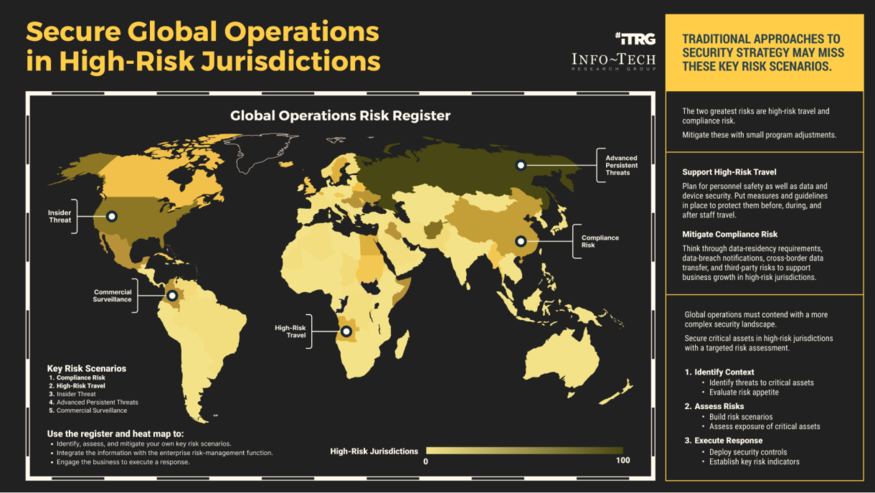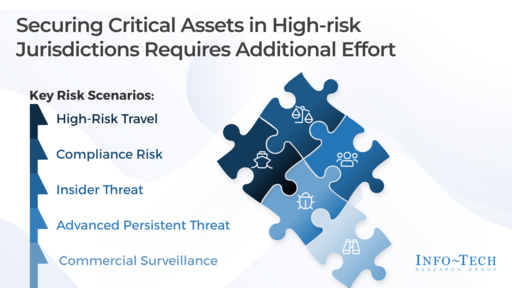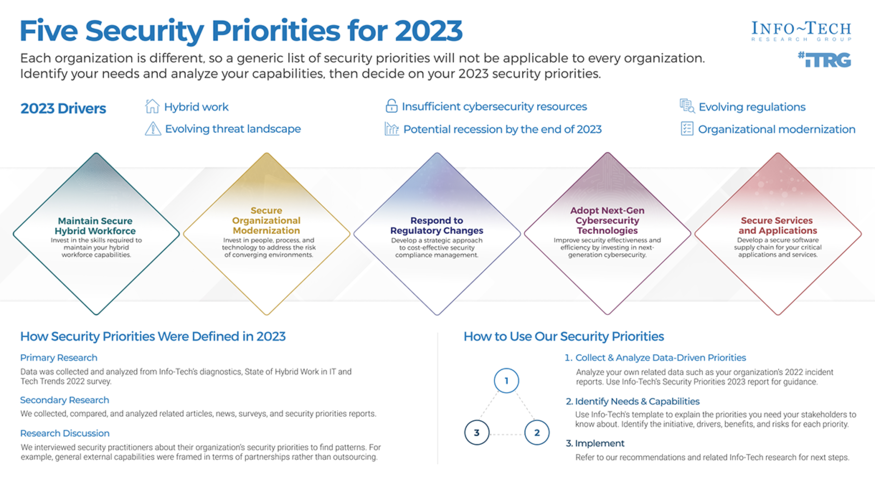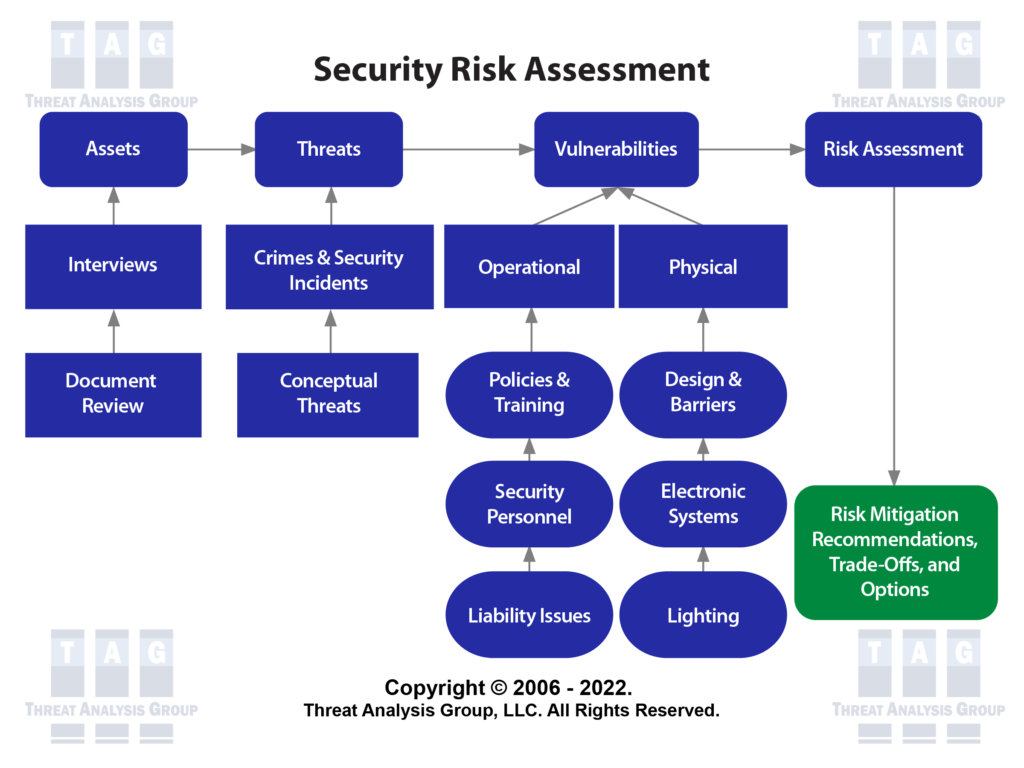In this article, you will discover the most effective security measures that can be implemented in high-risk areas. Whether you’re concerned about your home or personal safety, these measures will provide you with peace of mind and ensure that you are well-protected. We will cover a variety of topics to give you a comprehensive understanding of how to enhance security in areas that are more susceptible to risks. By implementing these measures, you can feel confident and secure in your environment.
Physical Perimeter Security
Securing the physical perimeter of your high-risk area is crucial for protecting your property, assets, and personnel. One of the key components of physical perimeter security is fencing. A strong and durable fence acts as a deterrent and prevents unauthorized access to your premises. Choose a fence that suits your specific security needs, whether it’s a chain-link fence, wrought iron fence, or an electric fence.
In addition to fencing, installing gates and access control systems is vital for regulating entry and exit points. Access control systems, such as keypads, keycards, or biometric scanners, ensure that only authorized individuals can enter your facility. These systems not only enhance security but also provide an efficient and convenient way to manage access.
To enhance the security of your high-risk area, consider investing in surveillance cameras. CCTV cameras strategically placed around your property act as a reliable deterrent and provide round-the-clock monitoring. They capture footage that can be used for investigative purposes in the event of a security breach.
For an added layer of protection, security guards are an invaluable asset. Trained security professionals are skilled at identifying and mitigating potential threats. They can patrol the perimeter, monitor surveillance feeds, and respond promptly to any security incidents. Security guards not only provide peace of mind but also serve as a visible deterrent to potential criminals.
Another important aspect of physical perimeter security is adequate lighting. Well-lit areas are less likely to attract criminals and provide better visibility for security personnel. Install bright exterior lighting around your high-risk area’s perimeter, entry points, and parking areas to minimize the risk of unauthorized access or criminal activity.
Building Security
While physical perimeter security is crucial, securing the building itself is equally important. Start by ensuring that all doors and windows are equipped with high-quality locks. Reinforce doors with deadbolts, and consider using smart locks that can be remotely controlled and monitored.
Implementing security alarms is another effective way to safeguard your high-risk area. Intrusion alarms detect unauthorized entry, triggering an audible or visual alert to notify authorities and personnel. These alarms can also be integrated with monitoring systems to provide instant notifications in case of an emergency.
Consider strengthening your building’s windows with security film or laminated glass. These measures make it more difficult for intruders to break through and gain access to your premises. Security windows offer enhanced protection against forced entry and are an important element in comprehensive building security.
CCTV systems play a crucial role in building security as well. By strategically placing cameras in key areas, you can monitor and record activities within your facility. The footage can be used as evidence in investigations, and remote access to the system allows for real-time monitoring even when you’re not on-site.
Security access control systems provide an efficient way to manage who can access different areas within your building. By assigning specific access levels to employees and visitors, you can control and track movement throughout your facility. This minimizes the risk of unauthorized access and ensures that sensitive areas are only accessible to authorized personnel.
Security Personnel and Training
When it comes to the safety and security of your high-risk area, having competent and properly trained security personnel is essential. Conduct thorough background checks on all potential employees to verify their credentials, criminal history, and trustworthiness. This step ensures that you have a reliable team that can be entrusted with the security of your facility.
Ensure that your security personnel undergo comprehensive emergency response training. They should be equipped with the necessary skills to handle various emergencies, including natural disasters, medical emergencies, and security breaches. Regularly review and update emergency response protocols to maintain an effective response system.
Regular security audits are crucial for identifying vulnerabilities and gaps in your security measures. Conducting internal or third-party audits helps evaluate the effectiveness of your security protocols, identify areas for improvement, and ensure compliance with industry standards and regulations.
Invest in surveillance and monitoring training to enhance the capabilities of your security personnel. They should be proficient in operating and interpreting surveillance systems, identifying potential threats, and responding appropriately. Training enables them to effectively monitor CCTV cameras, assess suspicious activity, and take the necessary actions to prevent security incidents.
Crisis management training is indispensable for security personnel. It equips them with the skills to handle high-stress situations, make critical decisions, and coordinate with emergency responders. Crisis management training ensures that your team is prepared to handle any unexpected event and manage it effectively.
Cybersecurity Measures
In today’s digital age, cybersecurity is a critical component of any high-risk area’s overall security strategy. Implement robust firewalls and intrusion detection systems to protect your network from unauthorized access and potential cyber threats. These security measures act as the first line of defense against malicious activities and help safeguard your valuable data.
Encryption is essential for protecting sensitive information from interception and unauthorized access. Encrypt your data and communications using strong encryption algorithms to ensure that only authorized recipients can access and decipher the information. Employing encryption technology provides an extra layer of protection against potential data breaches.
Network segmentation involves dividing your network into smaller, isolated sections to limit unauthorized access to sensitive systems and data. By segregating your network, you minimize the risk of unauthorized users moving laterally within your network or accessing critical information.
Regular software updates and patch management are crucial for maintaining a secure network environment. Keep your operating systems, applications, and security software up to date to address any known vulnerabilities. Regularly installing updates and patches ensures that your systems are equipped with the latest security fixes.
One of the weakest links in cybersecurity is human error. Educate your employees about cybersecurity best practices and the importance of maintaining strong passwords, recognizing phishing attempts, and safely handling sensitive information. Continuous cybersecurity training and awareness programs help create a culture of security within your organization.
Emergency Preparedness
Being prepared for emergencies is of utmost importance for any high-risk area. Establish well-defined emergency evacuation plans that outline procedures for evacuating personnel safely and efficiently in the event of a fire, natural disaster, or other emergencies. Conduct regular drills to test the effectiveness of these plans and identify areas that may need improvement.
Emergency communication systems are essential for keeping personnel informed during emergencies. Install reliable communication devices, such as intercom systems or mass notification systems, to disseminate crucial information and instructions to all individuals within your high-risk area.
Ensure that your high-risk area is equipped with well-stocked first aid kits and medical facilities. Prompt access to medical supplies and trained personnel can make a significant difference in the event of an injury or medical emergency. Regularly inspect and replenish first aid kits to ensure they are fully stocked and up to date.
Having a reliable emergency power backup system is vital to ensure that critical systems continue to operate during power outages. Install backup generators or uninterruptible power supply (UPS) systems to provide continuous power to essential areas, such as security systems, communication devices, and emergency lighting.
Disaster recovery plans are essential for minimizing downtime and ensuring business continuity after a catastrophic event. Establish comprehensive plans that outline procedures for recovering and restoring critical systems, data, and operations. Regularly test and update these plans to account for changes in technology, personnel, and potential threats.
Access Control Systems
Implementing access control systems within your high-risk area provides an efficient and reliable way to regulate and monitor entry and exit points. Biometric access control systems, such as fingerprint or iris scanners, offer a high level of security by verifying an individual’s unique physiological characteristics. These systems provide accurate identification and prevent unauthorized access.
Keycard and proximity card systems are popular access control solutions that allow authorized personnel to access specific areas using encrypted cards. These systems offer flexibility and convenience, as access levels can be easily adjusted or revoked when necessary. Keycards or proximity cards can also be used for time and attendance tracking purposes.
Visitor management systems are crucial for tracking and managing individuals entering your high-risk area. These systems enable you to create visitor badges, record visitor information, and control access to different areas. By implementing a visitor management system, you can ensure that only authorized visitors gain access to your facility.
Intercom systems are an effective means of communication between security personnel and individuals attempting to gain access to your high-risk area. Intercoms allow for quick and direct communication, enabling security personnel to verify identities and grant or deny access as necessary. Install intercom systems at entry points and restricted areas to enhance security and control access effectively.
Intrusion detection systems can play a vital role in access control. These systems detect unauthorized entry attempts and trigger alarms, alerting security personnel to potential breaches. By combining access control systems with intrusion detection technology, you strengthen your overall security measures and protect your high-risk area.
Alarm Systems
Alarm systems are a fundamental aspect of any high-risk area’s security infrastructure. Intrusion alarms are designed to detect unauthorized entry through doors, windows, or other access points. When triggered, these alarms emit audible alerts and may also activate visual indicators to deter intruders and notify security personnel.
Motion sensors are another common feature of alarm systems. These sensors detect movement within specific areas and trigger alarms when unauthorized motion is detected. Motion sensors can be integrated with other security systems, such as CCTV or access control systems, to enhance overall security measures.
Glass break detectors are essential for securing windows and glass doors. These devices are designed to detect the sound or vibration of breaking glass and trigger alarms in response. Installing glass break detectors provides an additional layer of protection against potential intruders attempting to gain access through windows.
Panic buttons are an important safety feature in high-risk areas. These buttons allow individuals to quickly summon help in case of an emergency or threat. Panic buttons can be strategically placed throughout your facility and connected to alarm systems or monitoring stations to ensure immediate response and assistance.
To ensure maximum effectiveness, integrate audible and visual alarm systems into your security infrastructure. Audible alarms deliver loud and attention-grabbing sound signals, serving as a deterrent and notifying individuals within the vicinity of potential security incidents. Visual indicators, such as flashing lights or strobes, enhance the visibility of alarms and ensure that they are noticed even in noisy or busy environments.
Surveillance Systems
Surveillance systems are essential for monitoring and recording activities within your high-risk area. Closed-Circuit Television (CCTV) systems provide round-the-clock surveillance, capturing footage that can be used for investigation, evidence, and surveillance purposes. Strategically position cameras in critical areas to maximize coverage and deter potential criminals.
IP cameras offer advanced features and capabilities, such as high-definition resolution, remote access, and advanced analytics. These cameras utilize your network infrastructure to transmit video footage, making them scalable and easy to integrate into existing systems. IP cameras provide enhanced image quality and flexibility for effective surveillance.
Video analytics technology enables intelligent video processing, allowing cameras to identify specific events or behaviors of interest automatically. This technology can detect suspicious activity, unauthorized access attempts, or unusual behavior patterns. By employing video analytics, you can enhance the efficiency and accuracy of your surveillance system.
Pan-Tilt-Zoom (PTZ) cameras provide versatility and flexibility in monitoring large areas or tracking moving targets. These cameras can pan horizontally, tilt vertically, and zoom in or out, offering a comprehensive view of your high-risk area. PTZ cameras can be manually controlled or set to automatically track specific movements or areas of interest.
Remote monitoring systems enable real-time access to camera feeds from any location via the internet. By accessing your surveillance system remotely, you can monitor your high-risk area even when you’re not physically present. Remote monitoring provides a cost-effective way to enhance surveillance capabilities and quickly respond to potential security incidents.
Fire Safety Measures
Fire safety measures are critical for ensuring the safety of your high-risk area and its occupants. Install fire alarms and smoke detectors throughout your facility to provide early detection of smoke or fire. These devices trigger audible alarms, allowing for quick evacuation and a swift response from fire authorities.
Having an adequate number of fire extinguishers strategically positioned within your high-risk area is essential. Fire extinguishers should be easily accessible and visible, and employees should receive proper training on how to use them effectively. Regularly inspect and maintain fire extinguishers to ensure they are in proper working condition.
Sprinkler systems are highly effective for suppressing fires and minimizing property damage. When a fire is detected, sprinkler systems automatically activate, releasing water to control or extinguish the flames. Install sprinkler systems in areas prone to fire hazards, such as kitchens, server rooms, or chemical storage areas.
Emergency exits and clear signage are crucial for safe evacuation during a fire or other emergencies. Clearly mark exit routes with illuminated signs and ensure that emergency exits are kept clear of obstructions. Regularly inspect and maintain emergency exit doors, ensuring they open smoothly and are accessible to all occupants.
Fire safety training is essential for all personnel within your high-risk area. Train employees on fire prevention, evacuation procedures, and the proper use of fire safety equipment. Conduct regular drills to simulate emergency situations and reinforce training, ensuring everyone is prepared to respond effectively in case of a fire.
Securing Data and Documents
In any high-risk area, securing sensitive data and confidential documents is of utmost importance. Implement secure file storage and access control measures to prevent unauthorized access or theft. Limit access to sensitive information to authorized personnel only by implementing a role-based access control system.
Document shredding and disposal procedures are vital for preventing unauthorized access to sensitive information. Establish strict protocols for document disposal and ensure that all confidential documents are securely and properly destroyed. Utilize professional shredding services or invest in high-quality shredders to maintain the confidentiality of sensitive data.
Data encryption is a critical measure to protect sensitive information from unauthorized access or interception. Implement encryption algorithms to safeguard data stored on servers, databases, or portable storage devices. Encryption helps ensure that even if data is compromised, it remains unreadable and unusable to unauthorized individuals.
Establish backup and recovery procedures to protect valuable data from loss or damage. Regularly back up your data and store backups securely off-site or in the cloud. Test and verify the effectiveness of your backup and recovery procedures to ensure that critical data can be restored promptly in case of a data breach or equipment failure.
Regular data audits help identify any potential security vulnerabilities or data breaches. Conduct regular reviews of your data storage and handling practices to ensure compliance with security protocols and regulations. Data audits help identify and rectify any potential weaknesses in your data security measures, ensuring the safeguarding of sensitive information.
In conclusion, a comprehensive security strategy for high-risk areas requires a combination of physical, technological, and procedural measures. By investing in the right security measures, such as physical perimeter security, building security, cybersecurity, emergency preparedness, access control systems, alarm systems, surveillance systems, fire safety measures, and data protection, you can create a safe and secure environment for your high-risk area. Remember to regularly review, update, and test your security measures to adapt to evolving threats and maintain an effective security posture.






